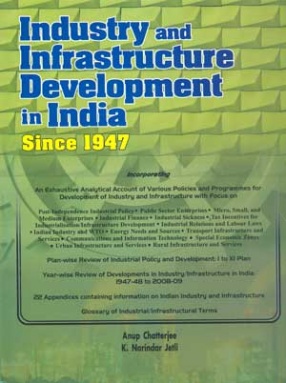Price stability and availability of sufficient credit for productive purposes have all along remained the twin objectives of monetary policy in India. The monetary policy reforms since 1991 have hinged on easing fiscal constraints. The first important step was introduction of an auction system for the Central Government’s market borrowings in June 1992. The enabled an increasing proportion of the fiscal deficit to be financed by borrowings at market-related rates of interest. This, is turn, enabled the Reserve Bank of India (RBI) to scale down the Statutory Liquidity Ratio (SLR) to the targeted Statutory minimum level of 25.0 percent by October 1997.
The second significant step was the historic accord between the Government and the RBI in September 1994, eliminating the automatic monetization of the Center’s fiscal deficit by gradually phasing out ad hoes by April 1997. A system of ways and means advances (WMA) to the Central Government, subject to mutually agreed limits at market related rates, was put in place instead to meet mismatches in cash flows.
Credit policy is a powerful instrument for securing the desired economic results. Credit control can exercise a healthy restraining influence on speculation and can assist in bringing about a better balance between aggregate demand and aggregate supply.
RBI has largely been successful in bringing the organized sector of the money market well under its control. RBI is also playing a more active role in the provision of rural finance and is devoting special attention to the problem of promoting banking development in parts of the country in which it has hitherto been lacking. These developments have strengthened the credit system materially. This book deals with various dimensions of monetary and credit management in India. Focusing on post-liberalization (1991 onward) period.








There are no reviews yet.